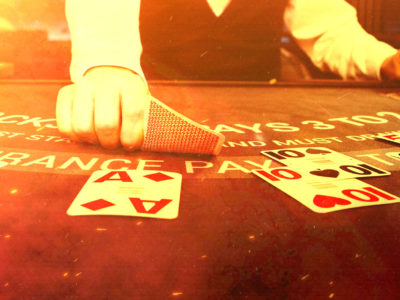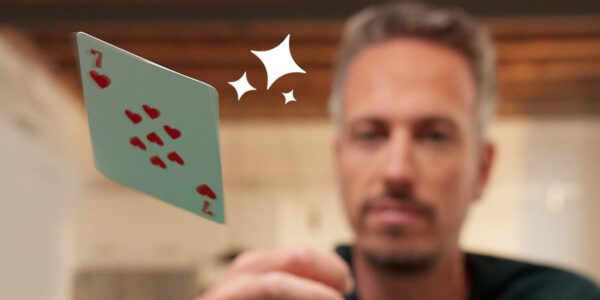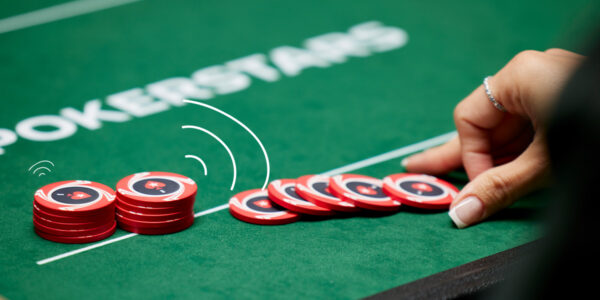4 Tips for Tournament Survival When Card-Dead
We’ve all been there. Hand after hand, orbit after orbit of utter trash starting hands. Folding, getting shorter stacked as the blinds and antes escalate. You feel the pressure of your shrinking stack caving in on you. How can we best deal with this to survive the card dead syndrome?
1. Stay Disciplined
When you’ve received nothing but garbage for long enough, J9s can start to look like AA… But it’s not AA! Don’t let the allure of something that is playable in some situations cause you to lose your mind with it. People do this all the time, then make excuses like “that was the best hand I’ve seen in 2 hours”. Don’t be that person.
2. Pay Attention and Observe
Folding a lot leaves us a lot of free time at the table. Use this time wisely. Observing your opponents or reviewing their stats if you have tangible samples to look at. What are we looking for? The folders.
Everyone folds when their hand is super weak, but some players fold otherwise relatively good hands they should be defending with, but they’re defending too tight. Some other players are opening too wide, and thus can’t adequately defend vs. 3-bets. Then, some players use a straight forward strategy post flop relative to their hand strength.
Learning who is who can help you devise a strategy to attack them.

3. Start Thinking About Situations, Not Hands
This one is really the key to the whole thing. Players who chronically complain about being card dead typically come back to this mantra over and over because they are just playing their cards. To take your game to the next level really requires looking at situations not hands.
Taking an extreme example, let’s say the action folds to you in the small blind, and the big blind player is sitting out. This is a situation where you would raise regardless of your holding. And to be clear, your actual hand is a part of this equation… if you are dealt AA, that is a good situation regardless of all other factors.
But back to the example of the big blind sitter… what if they weren’t sitting out, but were just very, very tight and conservative? Would you need a top-tier hand to attack this player? How about if you’d observed the player on your right opening frequently with a wide range of hands, but folding to 3-bets when someone re-raises? You get the picture.
4. Know Your Push/Fold Ranges
Alas, despite the best laid plans, we are likely to find ourselves short-stacked at some point.
While you don’t need to commit precise push/fold ranges to memory, having a basic understanding of them will help.
Ever see someone with a tiny 3 big blind stack fold their big blind position to a small blind raise? I watched a friend do this recently, and asked him, “what are you doing folding there?”. He said “I had T3o, I’m totally card dead”.
Here’s the thing… with a 3BB stack and 1.1 of them already in the middle in the form of the ante and big blind, T3o is a profitable call mathematically. It may not be intuitive, and it’s an extreme example having so few chips, but surely this player has missed other +EV open shoving opportunities and probably other call off opportunities en route to becoming this short stacked.
Conclusion
Getting dealt junk hand after hand in a tournament is certainly no fun. But it’s a situation we all must face. If you make it your routine to stay disciplined, pay attention and observe to identify profitable situations to attack, and have a reasonable understanding of proper push/fold ranges on a short stack, you’ll be as well-equipped as possible to give yourself the best chance you can to weather the “card-dead” storm and increase your chances of a deep run.
View Other Blogs


















